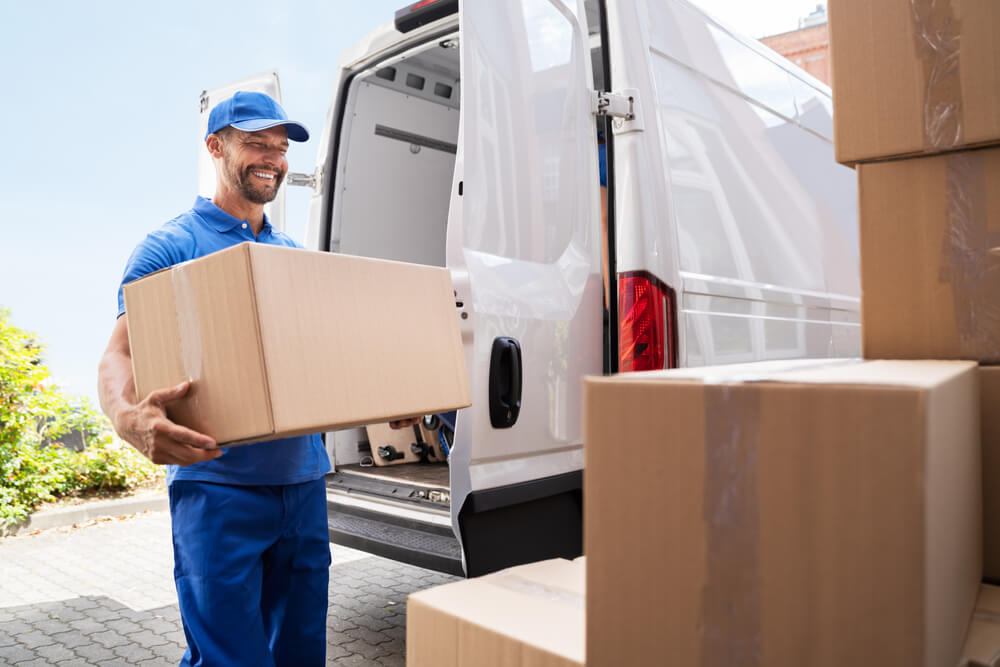Essential Insurance Questions About Roofing Inspections FloridaEssential Insurance Questions About Roofing Inspections Florida
Find out the health of your Tavares roof via REIQuote’s inspection service.
Preparing for a Roofing Inspection
Homeowners should start by clearing the area around their property before a roofing inspection. This includes removing any debris, lawn furniture, and other items that may obstruct access to the roof. It’s also wise to trim back overhanging tree branches, as they can interfere with the inspection process and may also cause damage during severe weather. Companies like GAF and Owens Corning recommend that homeowners make these preparations to ensure their inspector can thoroughly assess the condition of the roof without obstacles.
Additionally, gathering relevant documents can enhance the inspection experience. Homeowners should have copies of their roofing warranty, previous inspection reports, and any repair records available for the inspector. This information provides insight into the roof’s history and potential issues. Notably, roofing materials like asphalt shingles, metal, or tiles can require different assessments. Understanding these factors can help the inspector target their evaluation effectively.
What Steps Should Homeowners Take Before an Inspection?
Homeowners should start by conducting a preliminary review of their roof before the inspection. Look for visible signs of wear and tear, such as missing shingles from brands like GAF or Owens Corning, which are common in Florida’s unpredictable weather. Noting down areas of concern, including cracked tiles or rusted flashing, can provide the inspector with valuable context. Take the time to clear away debris using a leaf blower or a broom. Remove branches or other obstructions that might hinder the inspection process and ensure easy access to skylights or HVAC systems on the roof.
Additionally, it is wise to gather any relevant documentation regarding previous inspections or repairs. If annual maintenance has been performed by reputable companies like ABC Roofing or Florida Roof Specialists, this information can help the inspector understand the roof’s condition over time. Prepare a list of questions related to insurance, especially concerning coverage for potential storm damage, to clarify the implications of the inspection on your policy. Homeowners might also want to look into local building codes or recommended guidelines, as regulations can differ across the state and affect the complete assessment process.
Frequency of Roofing Inspections
Homeowners in Florida should prioritize regular roofing inspections to maintain the integrity of their roofs and comply with insurance requirements. After severe weather events like hurricanes or heavy rains, a thorough assessment is crucial. For instance, companies such as State Farm and Allstate often require evidence of recent inspections as part of their coverage process. Engaging a certified roofing contractor can provide peace of mind as they will know what to look for, especially in areas prone to damage like shingles or tiles that may experience granule loss or chipping.
Scheduling inspections every one to three years can help identify potential problems before they escalate into costly repairs. Florida’s unique climate, characterized by high humidity and intense sun exposure, can lead to quicker wear and tear on roofing materials. Brands like GAF and Owens Corning offer durable roofing solutions, but even the best products can be compromised without regular checks. Inspectors can catch issues related to ventilation and drainage, which often contribute to larger problems if not addressed promptly.
How Often Should You Get Your Roof Inspected in Florida?
In Florida, the climate can take a toll on roofing materials, which makes regular inspections crucial for homeowners. Experts recommend conducting a roof inspection at least once a year, ideally in the spring or fall, to catch any issues before the intense heat or hurricane season sets in. Companies like GAF and Owens Corning emphasize the importance of routine checks to identify potential leaks or damage from severe weather. Additionally, if you experience heavy storms or notice missing shingles after a weather event, it’s wise to schedule an inspection sooner rather than later to mitigate further damage.
Some homeowners might hesitate between annual inspections, but certain factors can dictate the necessity for more frequent visits. If your home is older or your roof has specific materials, such as clay tiles or flat roofs, these might require biannual assessments. Moreover, geographic subtleties like living closer to coastal areas might expose your roof to harsher conditions. Manufacturers like CertainTeed advise homeowners to stay proactive by understanding the condition of their roofs. Keeping to a solid inspection schedule not only protects your investment but also ensures that your home stands resilient against Florida’s unpredictable weather patterns.
- Inspections should be conducted at least once a year, ideally in spring or fall.
- Schedule inspections sooner after heavy storms or if you notice missing shingles.
- Homes with older roofs may require inspections twice a year for better maintenance.
- Clay tiles or flat roofs are more susceptible to damage and may need more frequent checks.
- Coastal areas may expose roofs to harsher conditions, necessitating more regular inspections.
- Stay informed about your roof’s condition to catch issues early.
- Keeping a solid inspection schedule helps protect your investment and home integrity.
Find out the health of your Tavares roof via REIQuote’s inspection service.



